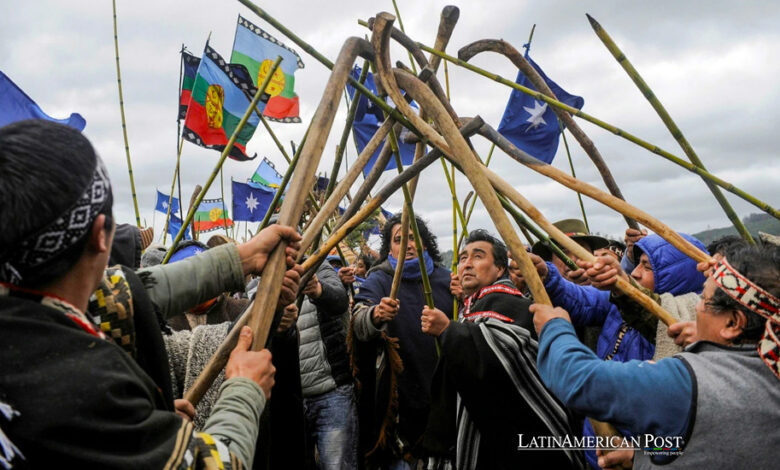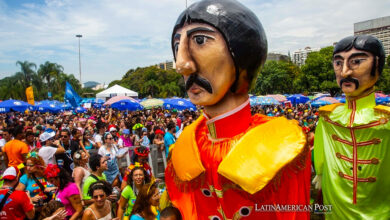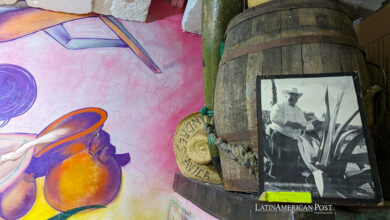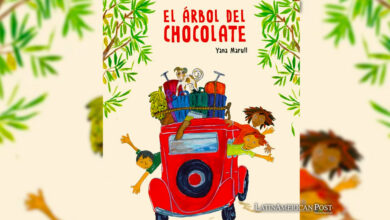Guardians of the Earth: Indigenous Voices Leading Conservation Efforts Across Latin America

Across Latin America, indigenous communities are rising as formidable guardians of the environment. Through their struggles and achievements, they blend traditional knowledge with modern activism, shaping a sustainable future that respects the symbiotic relationship between humans and nature.
In the verdant expanses of Latin America, where the Earth’s most vital ecosystems breathe life into the planet, indigenous communities stand on the front lines of environmental activism. Their ancestral lands, rich in biodiversity, face unprecedented threats from deforestation, mining, and climate change. Yet, despite these challenges, indigenous groups are defending their territories and pioneering innovative conservation strategies that offer lessons to the world. This feature delves into their stories, struggles, and successes, showcasing the pivotal role of indigenous wisdom in contemporary environmental efforts.
The Amazon’s Defenders: The Munduruku People of Brazil
In the heart of the Brazilian Amazon, the Munduruku people have been waging a fierce battle against illegal gold mining and hydroelectric dams that threaten the Tapajós River, a lifeline for their community. The Munduruku’s struggle symbolizes the broader fight to protect the Amazon rainforest, a crucial battleground in the global fight against climate change. Through legal actions, international advocacy, and direct resistance, they have achieved significant victories, including the boundary of their territory, which offers some protection against encroachment. Their efforts underscore the importance of indigenous land rights in conservation, demonstrating how safeguarding indigenous territories is synonymous with protecting the planet’s lungs.
The Andean Protectors: The Potato Park of Peru
High in the Peruvian Andes, the indigenous communities of the Potato Park embody the principle of living in harmony with nature. This unique conservation effort is a collective endeavor involving five Quechua communities who manage over 10,000 hectares of biocultural heritage area, preserving both biodiversity and traditional agricultural practices. The Potato Park is home to thousands of varieties of native potatoes, maintained through methods passed down for generations. This initiative not only safeguards genetic diversity crucial for food security but also offers a model of community-led conservation that balances human needs with ecological stewardship.
The Patagonian Conservationists: The Mapuche Struggle in Chile
In the temperate rainforests of Chilean Patagonia, the Mapuche people are engaged in a protracted struggle to protect their ancestral lands from logging, salmon farming, and hydroelectric projects. The Mapuche, whose name means “people of the land,” have developed a deep understanding of their environment over centuries. They have mobilized this knowledge in their activism, employing a mix of legal challenges, international advocacy, and direct action to halt destructive projects. Their efforts have protected vast tracts of pristine ecosystems and highlighted the crucial role of indigenous stewardship in preserving biodiversity.
The Mesoamerican Reef Guardians: The Garifuna of Honduras
Along the Caribbean coast of Honduras, the Garifuna communities are fighting to preserve the Mesoamerican Reef, the second-largest barrier reef system in the world. Facing threats from tourism development and industrial agriculture, the Garifuna have turned to innovative conservation strategies that blend traditional knowledge with scientific research. They have established community-managed protected areas and sustainable fishing practices that maintain the reef’s health while supporting their livelihoods. The Garifuna’s work demonstrates the potential of indigenous-led conservation to achieve environmental and social goals, ensuring the reef’s survival for future generations.
Conclusion: A Path Forward Rooted in Ancestral Wisdom
The stories of the Munduruku, Quechua, Mapuche, and Garifuna are a few examples of the broader movement of indigenous environmental activism across Latin America. Though diverse in culture and geography, these communities share a common understanding of the interconnectedness of all life. Their struggles and achievements highlight the importance of integrating traditional ecological knowledge with global conservation efforts. As the world grapples with the escalating climate change crisis and biodiversity loss, the wisdom of indigenous peoples offers a beacon of hope—a reminder that living in balance with nature is not only possible but necessary for our collective survival. In honoring and supporting these guardians of the Earth, we may yet find a way to heal our planet and ourselves.
Also read: “Somos El Mundo”: The Latin Anthem for Haiti United Over 50 Stars Nearly 15 Years Ago





